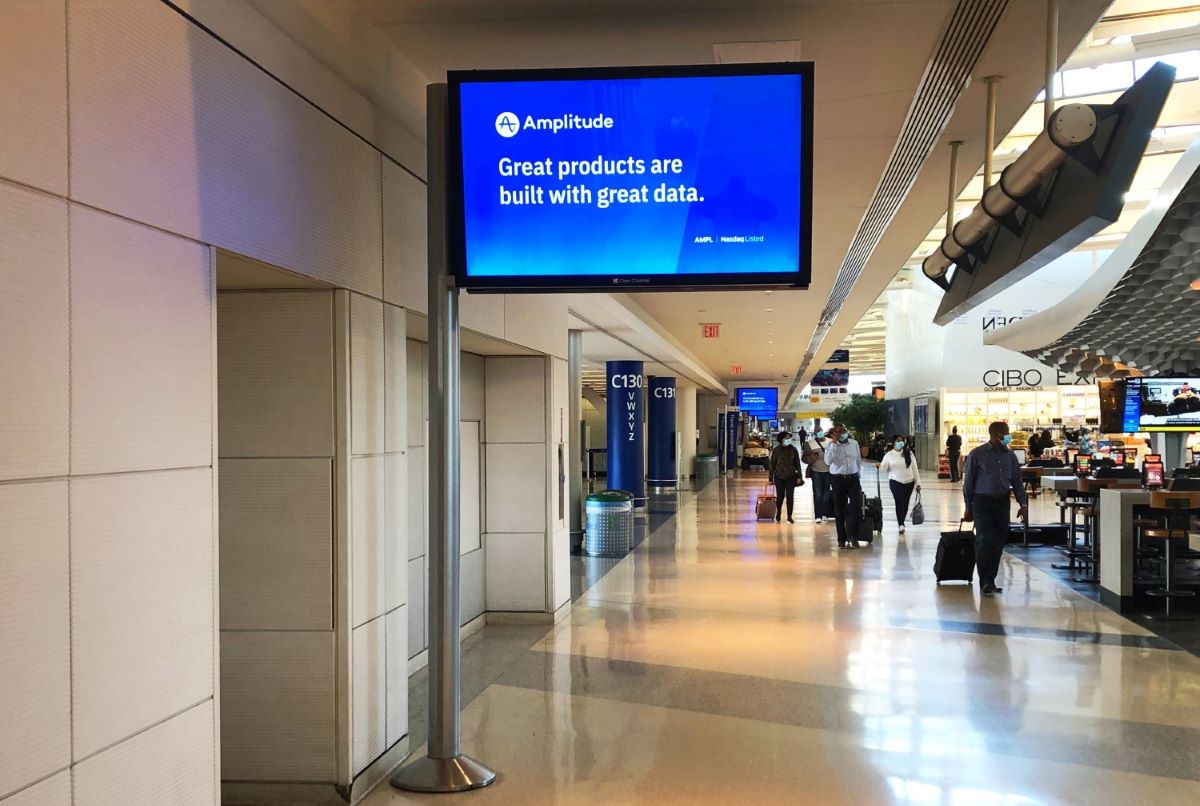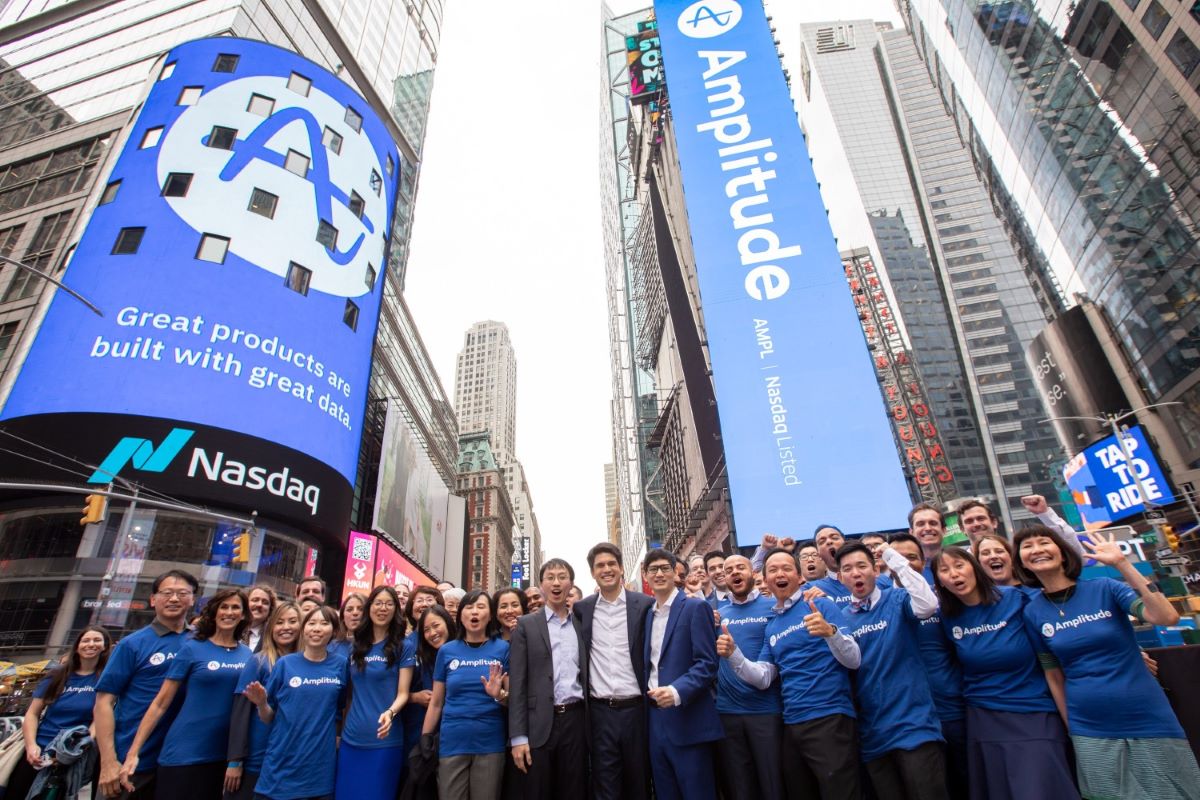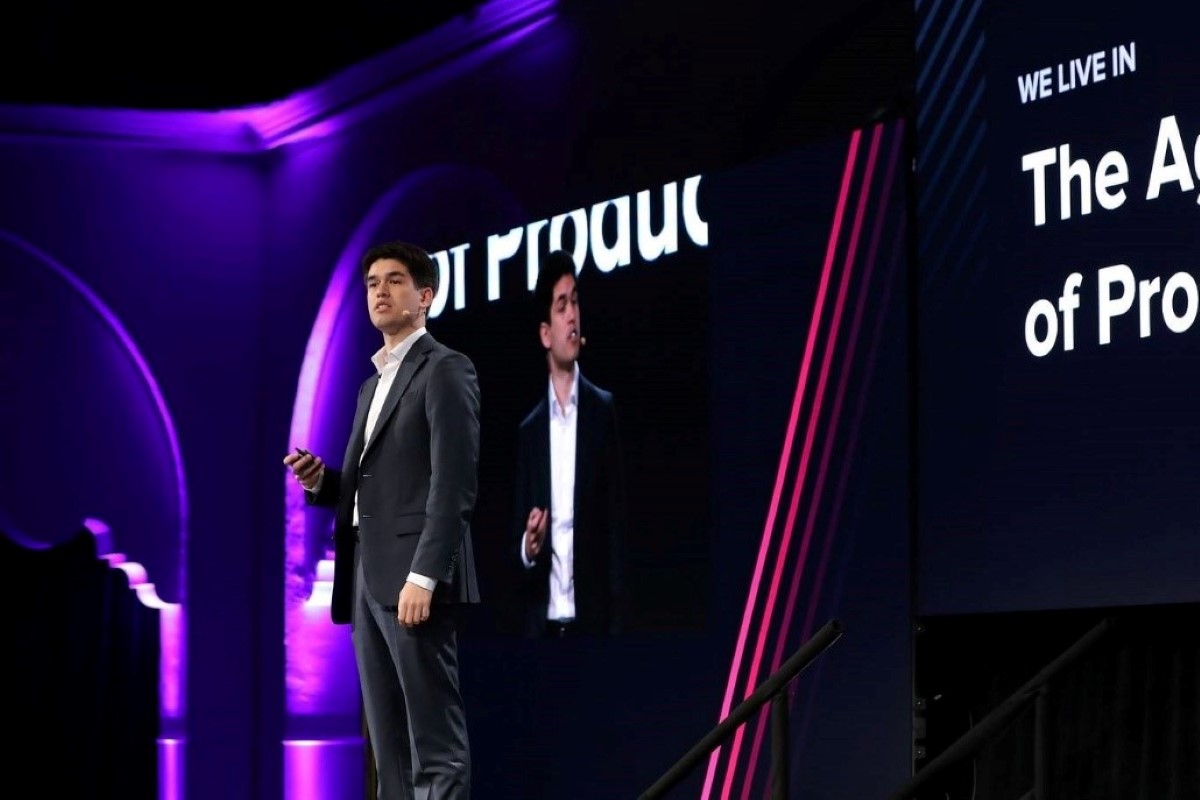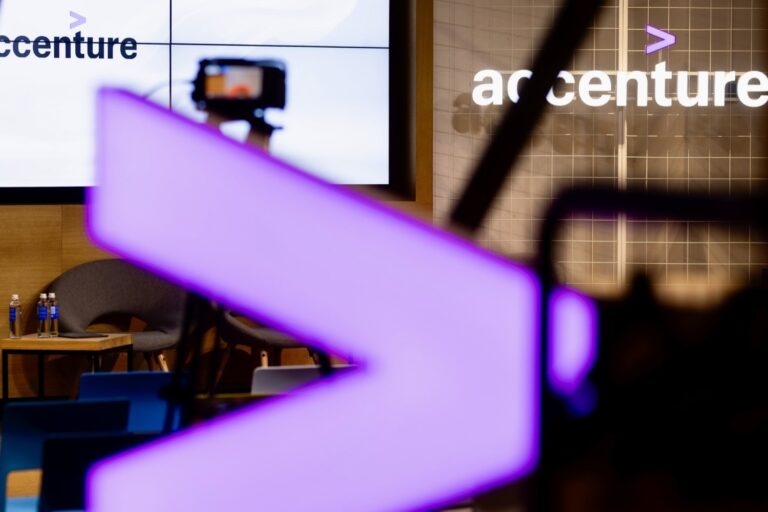How Amplitude Helps Companies Have ‘Aha’ Moment With Behavioral Graph
As the top-ranked product analytics solution by G2 users, a verified peer-to-peer software review site that helps businesses find the top products, Amplitude is on a mission to make analytics easy to understand with effective tools to help companies drive success on their digital platforms. Especially, demand for its product has spiked as the Covid-19 pandemic has forced companies to work out how best to engage customers on their online platforms. Every month, Amplitude says it tracks more than 1 trillion “customer behaviors,” — such as navigating an app or selecting a payment method — a figure that has spiked 44% since the beginning of March of 2020 when the pandemic reached the U.S.
To achieve this, Amplitude has gone through long journey.
Hard-Fought Journey to Transform a Hypnotic Idea Into a Rocketship
The idea for Amplitude was born out of a failed voice recognition startup led by CEO and co-founder Spenser Skates, who recognized a lack of services to monitor what keeps customers returning to online platforms.
In 2012, M.I.T. graduates Spenser Skates and Curtis Liu noticed an undeniable market opportunity. Companies like Facebook housed internal teams that offered valuable product analytics tools, but no such off-the-shelf counterparts existed at the time. What if Skates and Liu developed an advanced analytics system that helped businesses build better products?
Skates said that he spent time in college figuring out what he wanted to do and did a lot of research on career paths of all different kinds. What he learned was that people who were happy and successful had something in common: they wanted “something bigger than themselves and wanted to make the world a better place.” So after graduating college, he started a text-to-voice app called Sonalight with Curtis Liu (now Amplitude co-founder and CTO) and participated in the Y Combinator accelerator program with 60 other startups in the batch.
Skates said that Sonalight did well at first, but then users were not sticking with the app after they signed up. And Skates and Liu could not figure out why. While at Y Combinator, Skates and Liu met other early stage startups and discovered that they have the same problem that they had.
“They wanted to understand key metrics that made their product good — what actions led to sign-ups, engagement and long-term retention. Like us, they were very frustrated with the existing product analytics tools. So when we wrapped up Sonalight, we had a clear direction to pursue,” said Skates.

By getting frustrated with the existing product analytics tools, it inspired the development of Amplitude in June 2012. The team spent a year iterating and building the product with free beta testers. In 2013, Amplitude raised seed funding and the product launched in 2014 and in the time since, the company has become a quintessential hypergrowth story that other aspiring entrepreneurs can learn from. Today, the cloud analytics unicorn – currently valued at $4 billion – has direct listed on Nasdaq, making Skates one of the youngest US CEOs to take a company public.
Before creating Amplitude, co-founders Spenser Skates, Curtis Liu and Jeffrey Wang saw product analytics as one of the last untapped software-as-a-service (SaaS) markets, and with the ever-increasing creation and use of digital products, they saw a need for software that could help companies with their digital initiatives.
They transformed the product analytics industry with the Amplitude Behavioral Graph, a solution to the age-old problem of scaling product data. Unlike CRM data or marketing data, product data requires a special infrastructure due to the thousands of data points produced by increasingly complex digital products and nonlinear user journeys.
Figuring Out Why Customers Were Frustrated
One of the biggest technology breakthroughs in the development of Amplitude is how the database was built. “Early on, we decided to build our own database that would serve the needs of product teams. The standard user journey from product discovery to purchase is very complicated — there are hundreds of touch points and interactions — and existing analytics software aren’t built to analyze that journey at scale,” added Skates. “As we have grown and learned more about the core problems our customers face, we have added new features that help them. But it’s that fundamental data architecture that makes it all possible.”

In the early days, Amplitude talked to potential customers at companies ranging from tech startups, gaming companies and lifestyle app developers. And Amplitude spent a lot of time figuring out why they were frustrated. In 2016, Amplitude started expanding to the enterprise and talked to product managers at large companies to find out what the pain points are. “To this day, customer feedback has remained an essential part of our product development and company success,” Skates explained.
Analytics tools are often perceived as being complicated to understand and the sheer volume of data can be tough for most businesses. Skates said that Amplitude worked hard to make analytics easier by focusing on the right metrics to comprehend data patterns.
“We’ve identified some key metrics that drive growth for our customers — user retention, conversion and engagement. We have features specifically designed for this, like Compass, which helps you look at behaviors that lead to retention,” Skates pointed out. Amplitude uses a basic formula called the “product engagement formula” that includes three key metrics: breadth (how many users use their product), depth (how much do they use their product) and frequency (how many sessions they have in a given week or month).
When NBCUniversal wanted access to more sophisticated analytics in order to increase retention and viewership, it turned to Amplitude. With Amplitude’s expertise, NBCUniversal found that video previews were tied directly to increased engagement. Now, it has grown its conversion rate by 36%. Similarly, Peloton found that virtual high-fives and callouts from instructors brought users closer to their fitness goals while using Amplitude. In response, it made its products even more social. We also saw Spirit Airlines, a non-digital native, used Amplitude this year to drive traffic to its mobile app to increase mobile check-ins and non-airfare purchases, supporting the trend of companies in legacy industries—like the airline industry—disrupting themselves to achieve greater business outcomes.
Amplitude provides a “cockpit for every business to figure out what’s going on in its websites and apps,” said Skates. It helps product teams understand “what features people like, what they don’t like, where they get stuck.”
Thriving With Continuous Expansion and Innovation

Amplitude inaugural Product Report showed it that an increasing number of people in customer success and marketing roles are relying on Amplitude to understand how their customers engage with their digital products. For the founders, this success is the culmination of years of hard work, sacrifice, and smart decision-making.
Never Sleep on the Victory
Since having been launched, Amplitude has grown steadily. It soon caught the attention of Benchmark, which led its initial $9 million funding round in 2015. In August 2017, Amplitude raised $30 million in Series C funding from Institutional Venture Partners (IVP) with participation from Benchmark Capital and Battery Ventures. In 2018, the company expands globally with new offices in London, Paris, Singapore and New York City. In 2020, it acquires Clearbrain, an innovator in predictive analytics, and raises $50 million in Series E funding led by GIC surpassing a $1 billion valuation.
Amplitude’s Digital Optimization System has an eye toward the future, with a user-friendly design that doesn’t require a lot of technical expertise. “There are lots of customers who will have thousands of people using Amplitude every month because we’re so accessible. Whereas before, [if] you look at a lot of data tools out there, they’re only usable by the data science team or by someone in engineering,” said Skates.
As Amplitude advanced its analytics software, management decided it was time to go public with Nasdaq. Skates, Liu and Wang opted for an increasingly popular route to access the public markets. The co-founders wanted to offer Amplitude stock to the investors who believed in it the most, at a price determined by the open market. In September 2021, they went public through a direct listing.
Since listing on Nasdaq, Amplitude has shown outstanding growth, reporting over $100 million in revenue this year and a slew of success stories with clients, including Twitter, Instacart, Spirit Airlines, Walmart, Under Armour and more.
“And of course, I can’t forget our biggest milestone of all—the culmination of our growth and the market validation for digital optimization—our direct listing. I’m proud that Amplitude was able to set such a strong example for other startups by going public via direct listing instead of the traditional IPO. By choosing this path, we created the most value for our existing shareholders, accurately valued our company at a market-based price and set ourselves up for long-term success.” – this company writes on its website.
Throughout the year, it invested in its team by adding six new Employee Resource Groups (ERGs), bringing us to a total of 10 ERGs. To support our continued global expansion, this company also opened a new EU Data Center this year to ensure that Amplitude customers can achieve product innovation and data privacy compliance at the same time.
Take Advantage of Digital Optimization
2021 was a year marked by an unprecedented level of digital product adoption. In fact, Amplitude first Product Report, released this fall, found that daily active users of digital products increased 54% from January 2020 to August 2021. With over 1,400 customers covering 6,000+ products, the company has unparalleled insights into what drives digital growth.
To help companies get the most value out of their digital products, Amplitude launched the industry’s first Digital Optimization System in April, unifying the data, analytics, and infrastructure required to deeply understand which customer product behaviors lead to business outcomes.

The system is rapidly emerging as the industry standard for connecting digital product innovation to business growth. It includes Amplitude Analytics as well as two new products we released this year: Amplitude Recommend, the first self-serve personalization engine; and Amplitude Experiment, which offers A/B testing and feature flagging powered by customer behavior.
Of course, this company is not the only ones paying attention to the rise of digital optimization. This year, it made the list for Forbes’s Cloud 100, Deloitte’s Fast 500 and G2’s Best Software Products, where it ranked as the #22 customer favorite among all software products, and also ranked as a leader across eight G2 categories. In the G2 Winter 2022 report, Amplitude ranked #1 in Product Analytics for the fifth report in a row, and #1 in Mobile Analytics and Mobile App Analytics for the first time, indicating the industry at large is realizing the value of product and in-app analytics.
As companies continue to grow their digital platforms, Amplitude continues to innovate.
“We’re going to be launching one to two new products a year from here on out and be very aggressive about that because it’s not just analytics, it’s not just experimentation and recommendations. We’re looking at things in the data ingestion and cleansing space. We’re looking at more sophisticated machine learning models. So, there are a whole bunch more networks that we will be excited to get out there in the years to come,” Skates said.
The Bottom Lines
This company hit some huge milestones. However, it’s just the beginning. Digital optimization has emerged as a crucial part of every business strategy. As Amplitude is looking ahead to launch new innovations and partnerships, this company is predicted continue to expand and thus, it can give value lessons for other startups.









